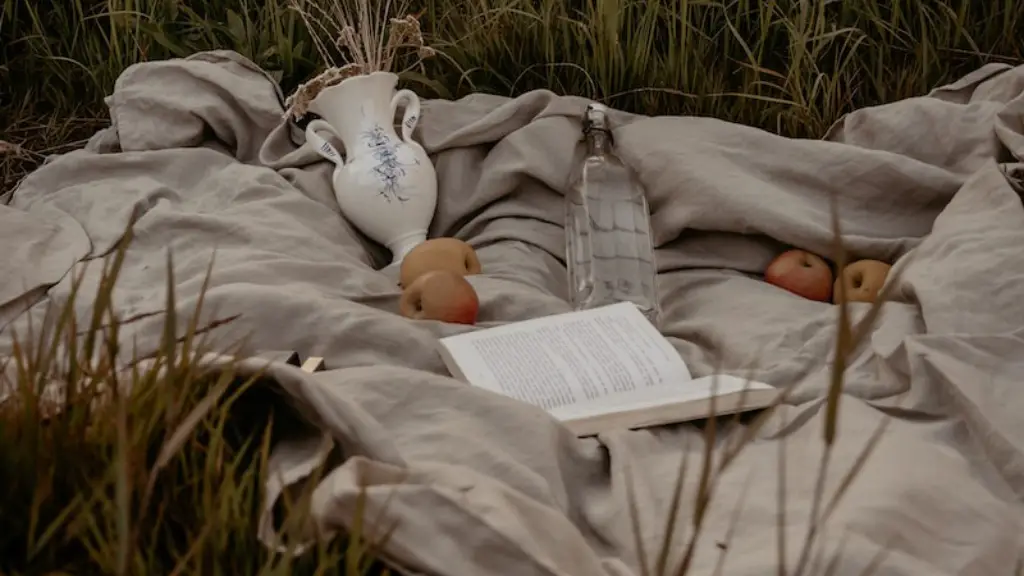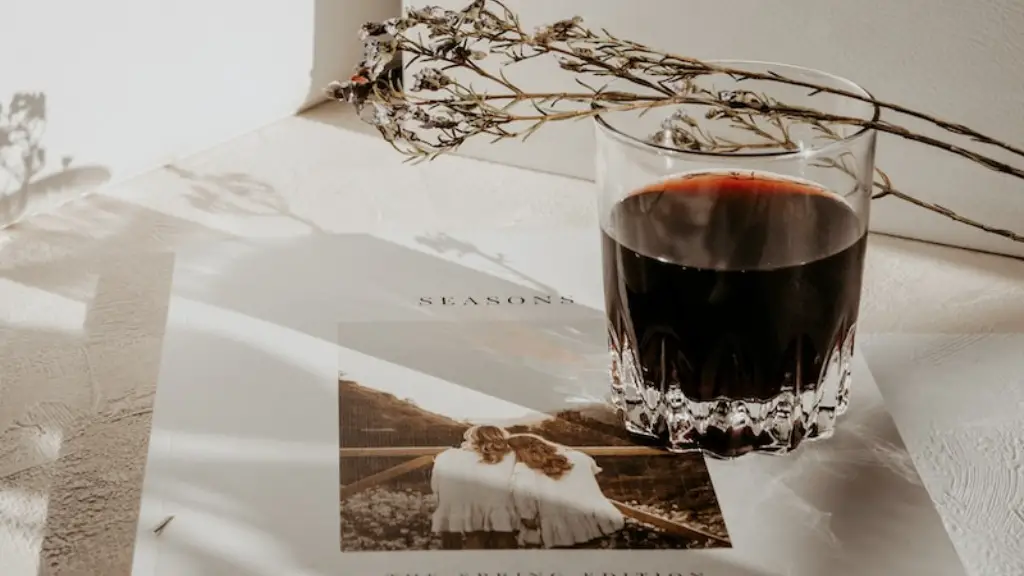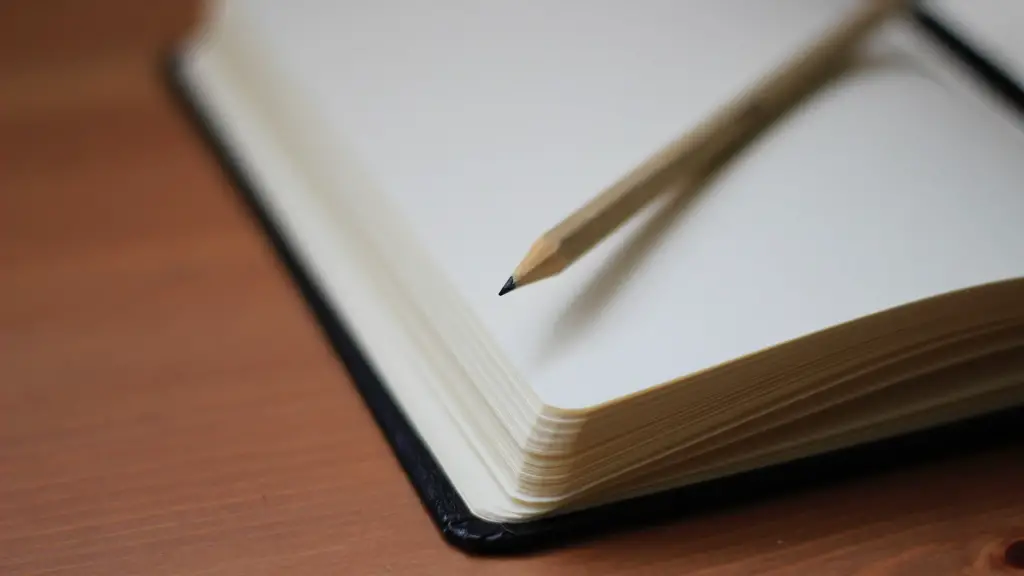Understanding Lyric Poetry
Lyric poetry is one of the most popular forms of poetry, and it has been a mainstay of cultures around the world for centuries. At its core, lyric poetry is a form of expressive or narrative poetry that often features a speaker or narrator expressing a certain emotion or sentiment. Lyric poetry typically relies on the use of imagery and metaphor to convey its message, and the work can be quite personal and revealing. The appeal of lyric poetry lies in its ability to evoke emotion, capture a moment of time or feeling, and transcend the everyday.
Elements of Lyric Poetry
The elements of lyric poetry vary, but some of most common include the use of imagery, alliteration, rhythm, and metaphor. Imagery is an important aspect of lyric poetry, and it can be used to create vivid images in the mind of the reader. Alliteration is another technique used to create a rhythmic and poetic quality. Metaphor can also be used to compare two unlike things in order to express a specific idea or emotion. Rhyme is also a key element in lyric poetry, with most works featuring some type of rhyme scheme.
Deeper Meaning Behind the Words
When reading lyric poetry, it is important to remember that the poetic words are conveying a deeper meaning behind the words. The beauty of lyric poetry lies in the fact that it can evoke powerful emotions, allow readers to leave their own interpretations, and convey a message that is both personal and universal. Often, the words of a lyric poem can be interpreted in many different ways, and it is up to the individual reader to take away from the poem what they choose.
Types of Lyric Poetry
Lyric poetry can come in a variety of forms, and some of the most common are sonnets, odes, haikus, and elegies. Sonnets are typically written in Iambic pentameter and follow a specific rhyme scheme. Odes are lyrical poems that often focus on a single subject or idea and are written in praise or homage to that subject or idea. Haiku is a poetic form that originated in Japan, and each haiku consists of three lines and seventeen syllables. Elegies are compositions that are meant to be mournful or expressing lament over a loss.
Conclusion
The beauty of lyric poetry lies in its ability to capture an emotion, moment, or feeling and express it in a way that is both personal and universal. Lyric poetry can come in various forms, including sonnets, odes, haikus, and elegy. They may feature imagery, alliteration, metaphor, and rhythm to create vivid pictures in the minds of readers. Ultimately, lyric poetry is a unique and powerful form of expression and can help readers to understand more about themselves and the world around them.
The Power of Language in Lyric Poetry
The language of lyric poetry is powerful and evocative, often conveying entire worlds of emotion. Through the use of vivid imagery, metaphor, and rhythm, lyric poets are able to paint an entire picture in the few words they use. Additionally, the subject matter of lyric poetry can range from the mundane to the sublime, and each poem is a unique snapshot of the poet’s perspective and experiences.
The Role of the Reader
Given the open-ended nature of lyric poetry, readers have the power to draw their own conclusions and interpretations of the work. Readers may find themselves connecting to the writer on a deep and personal level, or they may walk away with a completely different interpretation than what the poet originally intended. This is part of the beauty of lyric poetry, and it invites readers to engage with the writer on an intimate level.
The Influence of Culture on Lyric Poetry
The influence of culture on lyric poetry can be seen in the language of the poem, which often reflects the sounds of the native language, as well as in the subject matter of the poem. Culture can be seen in the imagery used, the themes explored, and the themes present in the poem. By exploring the roles of culture and history, readers can gain insights into the writers of lyric poetry and the circumstances in which they created the poem.
Exploring the Influence of Place on Lyric Poetry
The influence of place can also be seen in lyric poetry. The setting of a poem often serves as the backdrop to the poem, and the sights or sounds can help to evoke the emotions or feelings in the poem. The influence of place can also shed light on the poet’s experiences and feelings in that specific setting, giving greater depth to the poem.
The Role of Music and Performance in Lyric Poetry
The role of music and performance in lyric poetry is an important one, as music can enhance and elevate the emotion and impact of the lyric. Music adds rhythm, energy, and dynamics that can help to give even more meaning to the poem. Additionally, performance is a great way to draw attention to a poem, as the performance can both educate and engage the audience.
The Impact of Technology and Social Media on Lyric Poetry
The advent of technology and social media has had an interesting effect on lyric poetry. On one hand, these tools can be used as a powerful way to share, discuss, and promote lyric poetry and give it a larger audience. Conversely, these tools can also strip away much of the intimacy and personal connection an author can have with their work by making it too widely available. Authors must strike a careful balance between allowing their work to be shared without sacrificing their ownership and connection to it.


